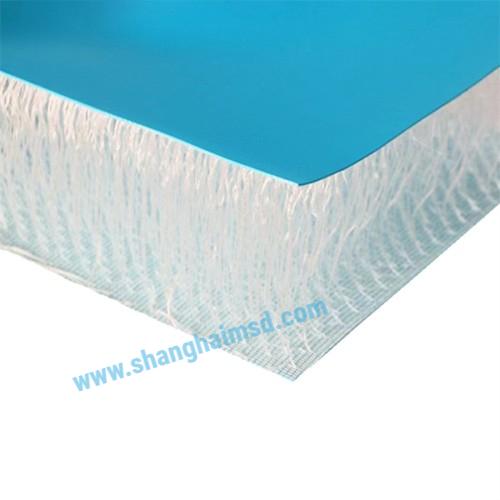In recent years, the versatility of Double Wall Fabric has led to its growing adoption across a wide range of sectors, particularly in industrial and emergency response applications. Designed for high-pressure and load-bearing inflatable structures, this material offers both strength and flexibility, making it ideal for rapidly deployable environments where stability and reliability are critical.
One of the key uses of double wall fabric is in the creation of inflatable shelters for disaster relief. In emergency situations—whether natural disasters or conflict zones—speed of deployment can save lives. Structures made with this material are lightweight and compact when stored, yet they provide durable, weather-resistant protection once inflated. The fabric’s internal drop-stitch construction allows it to maintain shape and integrity under pressure, providing a safe and stable environment for medical care, temporary housing, or storage.
Beyond emergencies, industries such as oil and gas, aerospace, and construction are exploring inflatable solutions for temporary workspaces, protective enclosures, and even mobile cleanrooms. Double wall fabric stands out in these applications due to its high tensile strength, resistance to punctures, and ability to support heavy loads without structural collapse. These properties are essential for industrial environments that demand both mobility and structural integrity.
Additionally, its compatibility with various coatings allows for enhanced functionality, such as UV resistance, anti-mildew treatment, and flame retardancy. This means that whether it’s deployed in arid deserts or humid coastal regions, the fabric can be tailored to meet specific environmental demands. Combined with its thermal insulation properties, double wall fabric is becoming a material of choice for projects where energy efficiency and climate control are necessary.
The growing number of practical applications showcases not just the technical advantages of double wall fabric, but also its potential to redefine how we think about fast, functional structures. From emergency field hospitals to inflatable aircraft hangars, its reliability and adaptability continue to expand its relevance across critical use cases.
For more information about advanced inflatable materials and applications, visit shanghaimsd.com .

